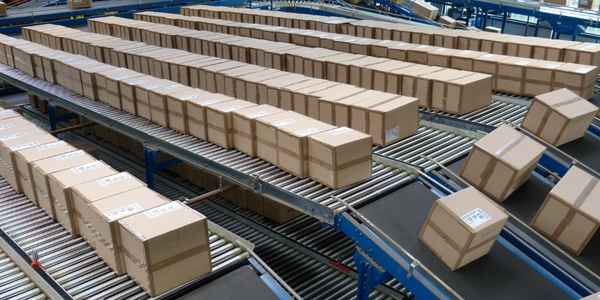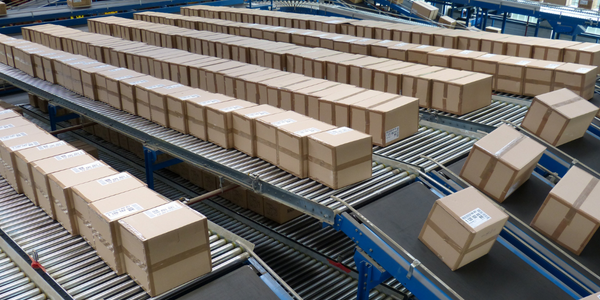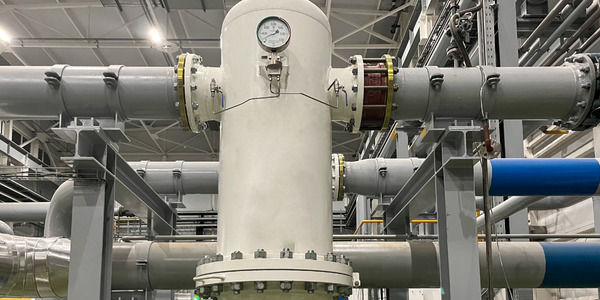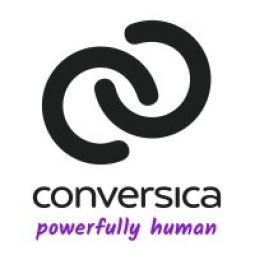Applicable Industries
- Finance & Insurance
- Packaging
Applicable Functions
- Sales & Marketing
Use Cases
- Intelligent Packaging
- Personnel Tracking & Monitoring
About The Customer
Assure Funding is an alternative commercial lender that works with a syndicate of lending partners to provide businesses with short-term loans, capital advances, and credit lines. The loans arranged through Assure Funding range in size from $5,000 to $2 million. The company tends to see a larger profit from each funded loan rather than just a standard broker’s commission. This model means that more is riding on the process of qualifying, pursuing, and closing the deal with prospective clients. The company had been meeting its funding goals by employing inside sales staff to fill three key sales positions: an opener, a chaser, and a closer.
The Challenge
Assure Funding, a company that works with lending partners to provide loans and capital advances to businesses, faced the challenge of cost-effectively qualifying prospects for funding, reengaging previously interested leads, pursuing leads purchased from third parties, upselling other services, and renewing existing customers. The company's model meant that more was riding on the process of qualifying, pursuing, and closing the deal with prospective clients. The company had been meeting its funding goals by employing inside sales staff to fill three key sales positions: an opener, a chaser, and a closer. However, the chaser’s role was the most time-consuming, often requiring multiple contacts with clients to gather necessary information. This manual process was adding significantly to the company’s overall cost per sale.
The Solution
Assure Funding adopted Conversica’s AI Sales Assistant, Jenna Silva, to automate the process of qualifying, pursuing, and closing deals with prospective clients. The Conversica solution uses artificial intelligence to converse via email with prospects, ask and answer questions, request missing information, and nurture leads all the way to the point where they are ready to speak live with a closer. With Jenna’s help, the percentage of inquiries resulting in completed applications rose significantly. Jenna also offered Assure Funding a way to recapture opportunities from applicants who complete the funding package but change their minds, fail to qualify, or secure funding elsewhere. The AI assistant also helped Assure Funding see a significant increase in renewals – follow-on funding from existing clients who renegotiate their loans to secure additional capital.
Operational Impact
Quantitative Benefit

Case Study missing?
Start adding your own!
Register with your work email and create a new case study profile for your business.
Related Case Studies.

Case Study
IoT Data Analytics Case Study - Packaging Films Manufacturer
The company manufactures packaging films on made to order or configure to order basis. Every order has a different set of requirements from the product characteristics perspective and hence requires machine’s settings to be adjusted accordingly. If the film quality does not meet the required standards, the degraded quality impacts customer delivery causes customer dissatisfaction and results in lower margins. The biggest challenge was to identify the real root cause and devise a remedy for that.

Case Study
Zenon the Ideal Basis for An Ergonomic HMI
KHS develops and produces machines and equipment for filling and packaging in the drinks industry. Because drinks manufacturing, filling and packaging consist of a number of highly complex processes, the user-friendly and intuitive operation of equipment is increasingly gaining in significance. In order to design these processes as simple as possible for the user, KHS decided to introduce a uniform, transparent and standardized solution to the company. The HMI interface should meet the requirement for people with different qualifications and enable them to work on a standard platform.

Case Study
Real-time In-vehicle Monitoring
The telematic solution provides this vital premium-adjusting information. The solution also helps detect and deter vehicle or trailer theft – as soon as a theft occurs, monitoring personnel can alert the appropriate authorities, providing an exact location.“With more and more insurance companies and major fleet operators interested in monitoring driver behaviour on the grounds of road safety, efficient logistics and costs, the market for this type of device and associated e-business services is growing rapidly within Italy and the rest of Europe,” says Franco.“The insurance companies are especially interested in the pay-per-use and pay-as-you-drive applications while other organisations employ the technology for road user charging.”“One million vehicles in Italy currently carry such devices and forecasts indicate that the European market will increase tenfold by 2014.However, for our technology to work effectively, we needed a highly reliable wireless data network to carry the information between the vehicles and monitoring stations.”

Case Study
Safety First with Folksam
The competitiveness of the car insurance market is driving UBI growth as a means for insurance companies to differentiate their customer propositions as well as improving operational efficiency. An insurance model - usage-based insurance ("UBI") - offers possibilities for insurers to do more efficient market segmentation and accurate risk assessment and pricing. Insurers require an IoT solution for the purpose of data collection and performance analysis

Case Study
Sparks Dynamics Assists Atlas Container Secure a $15,000 BGE Energy Rebate
The ReMASTER Compressed Air Monitoring system was installed in 2015. This system is capable of monitoring compressed air system parameters on a continuous basis and transferring that information to a cloud server which can be accessed by Atlas Container personnel, Industrial Diagnostics and Sparks Dynamics. This information was collected into a database which can be exported to an Excel spreadsheet or displayed graphically using Sparks Dynamics ViewMaster Software. The average annual compressed air electricity expense was estimated to be approximately $116,000. This is based on an incremental $/KWh electric rate of $.091 per KWh and an estimated compressed air energy consumption of 1,279,200 KWH. The implementation phase of Energy Conservation Measures (ECMs) for the Compressed Air System included: • Identification and repair of compressed air leaks • Understanding of compressed air usage per manufacturing machine and installation of shut off valves when the machines are no longer in production mode • Identification of misapplications of compressed air to include blow offs, venturis, and cooling scenarios • Understand system pressure requirements and potential installation of point of use pressure regulation.

Case Study
Smooth Transition to Energy Savings
The building was equipped with four end-of-life Trane water cooled chillers, located in the basement. Johnson Controls installed four York water cooled centrifugal chillers with unit mounted variable speed drives and a total installed cooling capacity of 6,8 MW. Each chiller has a capacity of 1,6 MW (variable to 1.9MW depending upon condenser water temperatures). Johnson Controls needed to design the equipment in such way that it would fit the dimensional constraints of the existing plant area and plant access route but also the specific performance requirements of the client. Morgan Stanley required the chiller plant to match the building load profile, turn down to match the low load requirement when needed and provide an improvement in the Energy Efficiency Ratio across the entire operating range. Other requirements were a reduction in the chiller noise level to improve the working environment in the plant room and a wide operating envelope coupled with intelligent controls to allow possible variation in both flow rate and temperature. The latter was needed to leverage increased capacity from a reduced number of machines during the different installation phases and allow future enhancement to a variable primary flow system.







